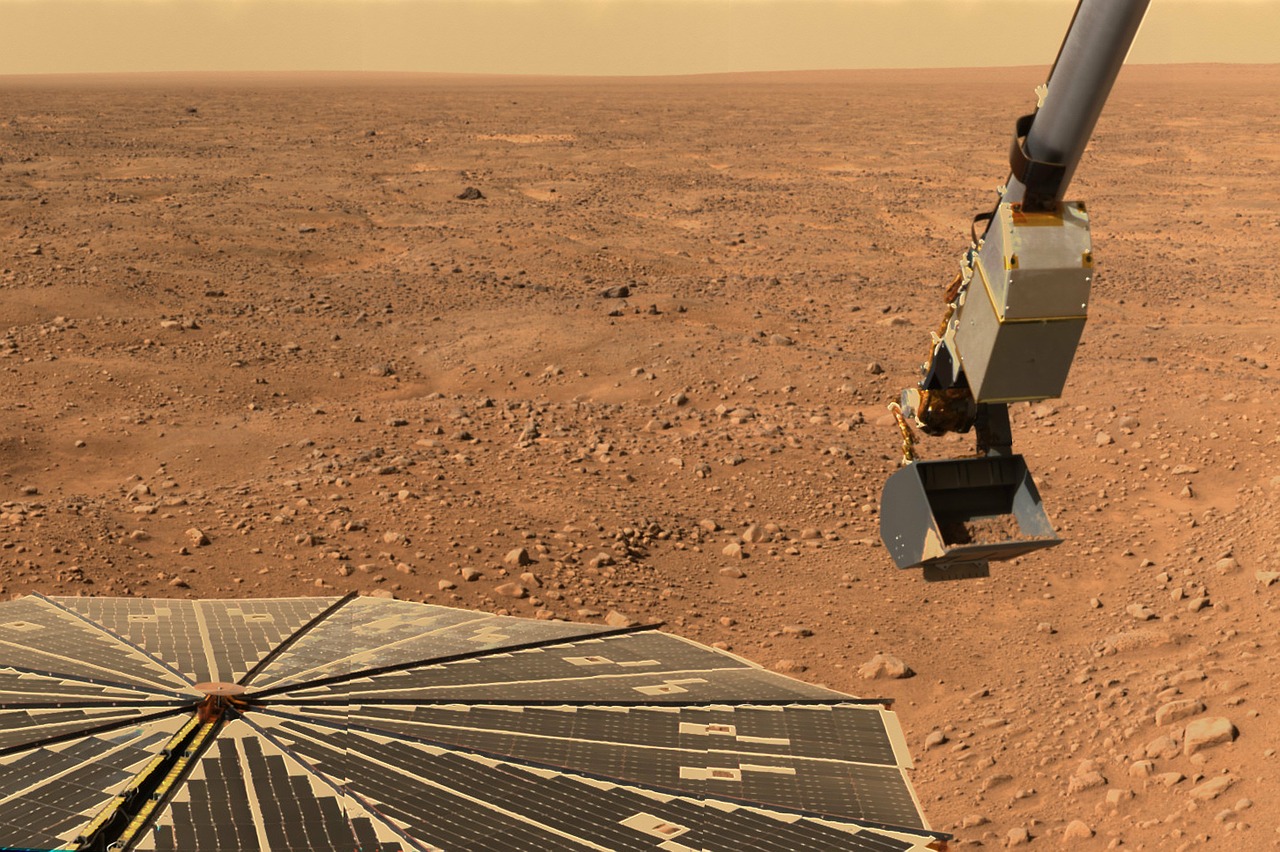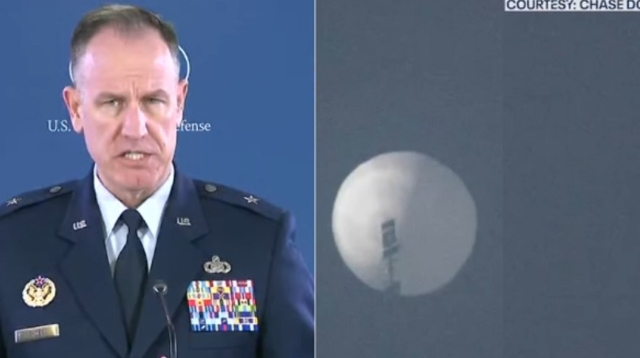Scientists determine Mars’ crust is similar to HEAVY ARMOR in some areas
06/29/2023 / By Kevin Hughes

The crust of the planet Mars is “like heavy armor” in some areas. This befits the planet named after the Roman god of war.
Scientists made this conclusion following a marsquake that occurred in May 2022, which had a magnitude of 4.6 – the largest ever recorded on Mars. The May 2022 tremor was recorded by the InSight Lander, which measured seismic waves on the Red Plant for three years. Originally deployed by the National Aeronautics and Space Administration (NASA) in 2018, the InSight Lander’s mission ended in December 2022.
The May 2022 marsquake was of much importance to NASA scientists, who announced at that moment it was at the upper limit of what they expected to see.
Prior to the tremor, InSight collected identical seismic waves made when two meteorites hit Mars. However, the marsquake provided much a more substantial data.
“The Martian crust, on average, is much thicker than that of the Earth or the moon,” said Doyeon Kim, the lead study author. He added that lesser planetary bodies in the solar system tend to have a thicker crust than the bigger bodies.
The Earth’s crust has an average thickness range of between 13 and 17 miles. Meanwhile, the moon’s crust has a thickness ranging between 21 and 27 miles based on the seismometers of the Apollo moon missions of the 1960s and 1970s.
Kim and his colleagues found that the Martian crust is at its thinnest at the Isidis impact basin, measuring only around six miles thick. The Red Planet’s crust is thickest at the massive Tharsis area, measuring 56 miles deep. The thick area of Mars’ crust spans almost 5,000 miles across – almost the width of the U.S. from coast to coast.
“We were fortunate to observe this quake. On Earth, we would have difficulty determining the thickness of the Earth’s crust using the same magnitude of quake that occurred on Mars,” said Kim, who is from the ETH Zurich institution in Switzerland. “While Mars is smaller than the Earth, it transports seismic energy more efficiently.”
Density of the crust in Mars’ northern lowlands and southern highlands is identical
Kim and his colleagues also verified the difference between the Red Planet’s northern and southern hemispheres in their study, which was published March 2022 in ESS Open Archive. Flat lowlands comprise the north of Mars, while its south consists of high plateaus. (Related: Mars’ “missing” water has been locked up in the planet’s crust, study finds.)
However, the group is not the first to observe the so-called “Martian dichotomy.” This refers to the sharp contrast between the planet’s Southern and the Northern hemispheres. As early as the 1970s, astronomers and planetary scientists have noted this divide – amid the groundbreaking Mariner 9 orbital mission – according to a peer-reviewed study from 2007.
Kim explained that the initial theory about this dichotomy centered on rock composition, with one kind being denser than the other. Their recent discoveries debunked that theory and found that the rock composition is similar for both Martian hemispheres.
Scientists said the density of the crust in the northern lowlands and the southern highlands is identical, based on the InSight Lander’s seismic observations and the gravity data. InSight seismic observations of the recent meteor strikes also suggest that the crusts in the north and south are made up of similar material.
Follow Space.news for more news about Mars.
Watch this video that shows the Red Planet’s landscapes from the Martian rovers.
This video is from the jonastheprophet channel on Brighteon.com.
More related stories:
ESA’s ExoMars orbiter finds “significant amounts of water” just three feet below surface of Mars.
China’s Mars rover finds proof of LIQUID WATER on the Red Planet.
Earth’s mantle houses the remains of the ancient planet Theia, researchers suggest.
NASA Perseverance rover obtains Martian rock sample with possible signs of life.
Sources include:
Submit a correction >>
Tagged Under:
breakthrough, cosmic, crust, discoveries, Isidis impact basin, Mars, Mars-quake, Martian dichotomy, Martian hemispheres, real investigations, red planet, research, Space, space exploration, Tharsis area
This article may contain statements that reflect the opinion of the author
RECENT NEWS & ARTICLES
COPYRIGHT © 2017 REAL INVESTIGATIONS NEWS



















